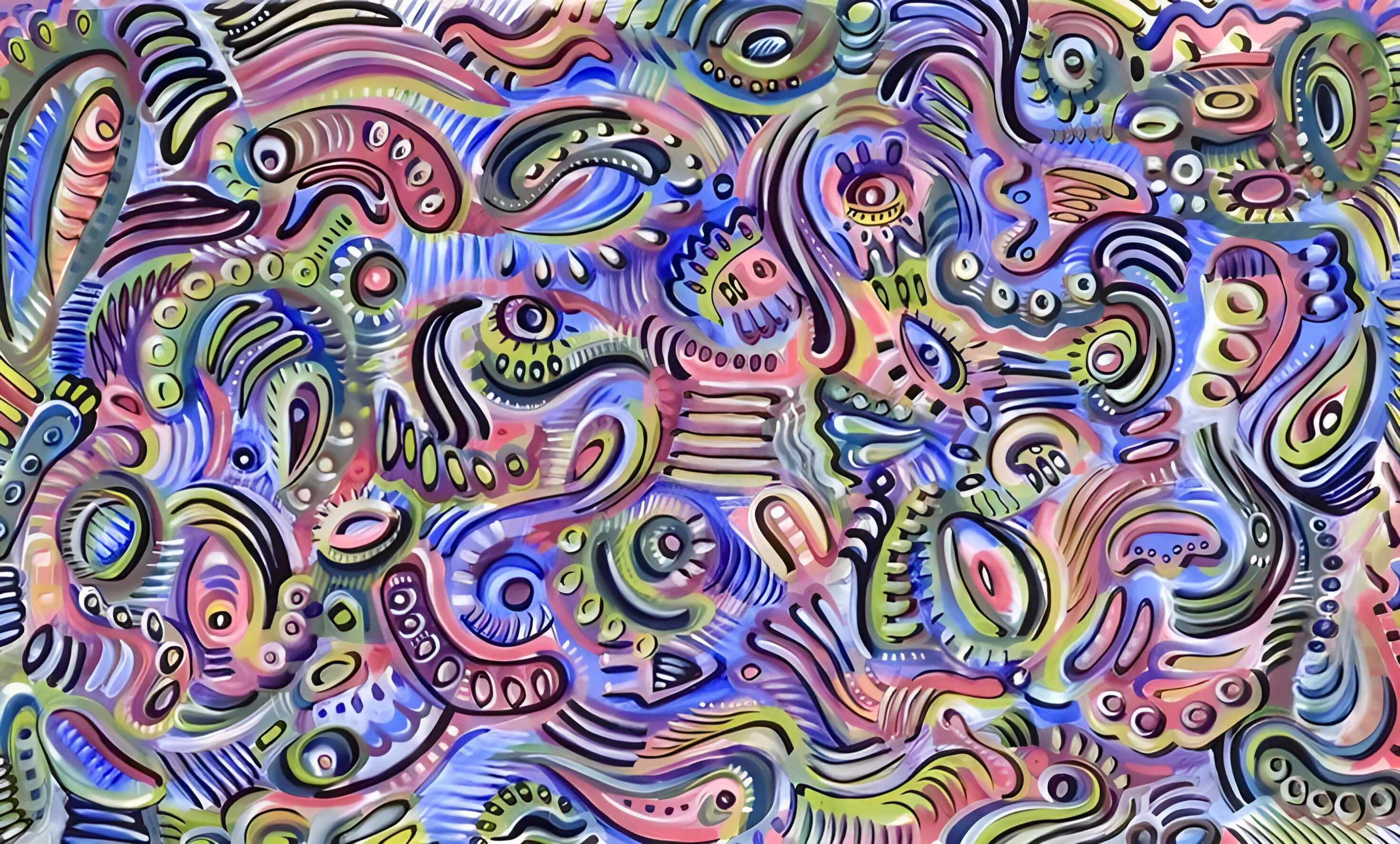The Little Things
My first time looking through the scope, I didn't see much: a few idling buccal cells, defined sharply against the humming brightness of my backlight. The following days saw similar experiments — interesting enough to keep trying new materials: onion skins, flower petals, and fabrics — but with minimal deviation from my expectations.
It seems strange in retrospect, but there was a realization I didn't make until that weekend's hiking trip in Shenandoah: I'm not limited to samples from my kitchen, garden, or Amazon.com — I can pull samples from anywhere1. I figured I'd start there, by pulling a moss sample from a nearby riverbank — perpetually drenched and, I'd assumed, a likely home for small subjects I hadn't yet encountered.
Back home, I carefully unfurled the dry leaf securing my sample, and stirred the moss into distilled water. A droplet from this pale mixture went onto a slide, and under my waiting lens.
I had opened a door that couldn't be closed. My sample — a quarter gram of moss — yielded hundreds of living organisms. All of whom were going about their daily lives mere inches from my nose: gliding nimbly across their glassy planet, eating, reproducing, and hunting — all while blissfully unaware of the primate looking on in wonder. A clandestine universe of tiny entropic machines, hidden in an unassuming pinch of moss.
Scientific instruments, when used with intention, can channel the divine. With incantations formed as careful calibration, these tools permit greater access to physical reality than is afforded by our senses alone2. That day, a microscope had seemingly unveiled a new plane — governed by the same physical rules, and whose inhabitants co-exist silently with our own.
Since then, I've noticed a material cognitive shift: the surface area of the natural world has increased, and along with it, an attendant sense of reverence. I'm equipped not only with new questions, but new tools with which to answer them.
What's happening out there, hidden in plain sight? What wonders are going unappreciated? What is the interplay between the seen and unseen?
These questions now eagerly join me on my evening walks, and I'd have it no other way — our world is animated by the questions we ask of it.
There's much I don't yet know, and only one thing I'm sure of:
There's magic underfoot.
Footnotes
-
This moment had broader implications beyond microscopy for me, as it allowed me to identify the pattern of unrealized agency marking the start of all my pursuits. Its completion transmutes the domain at hand from one of passive study, to one that can be engaged, manipulated, and applied. ↩
-
Our tendency to pursue technology as a means of supplanting biological evolution is tinged with spirit. Borne of intellect and enterprise, this tendency lies at the core of what makes us human. ↩
